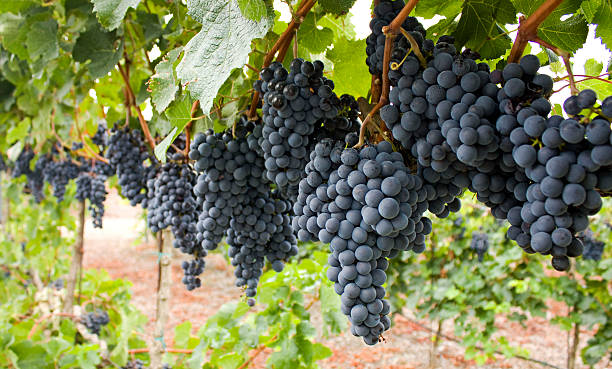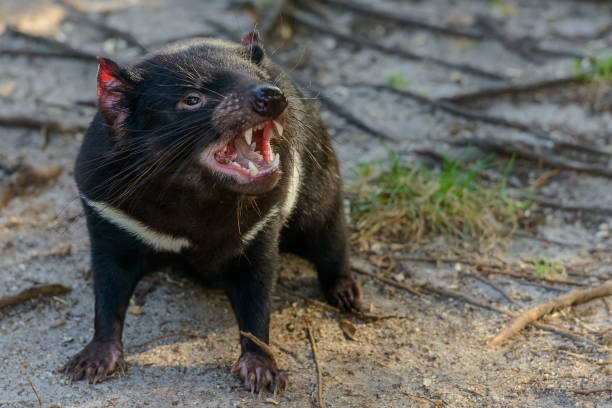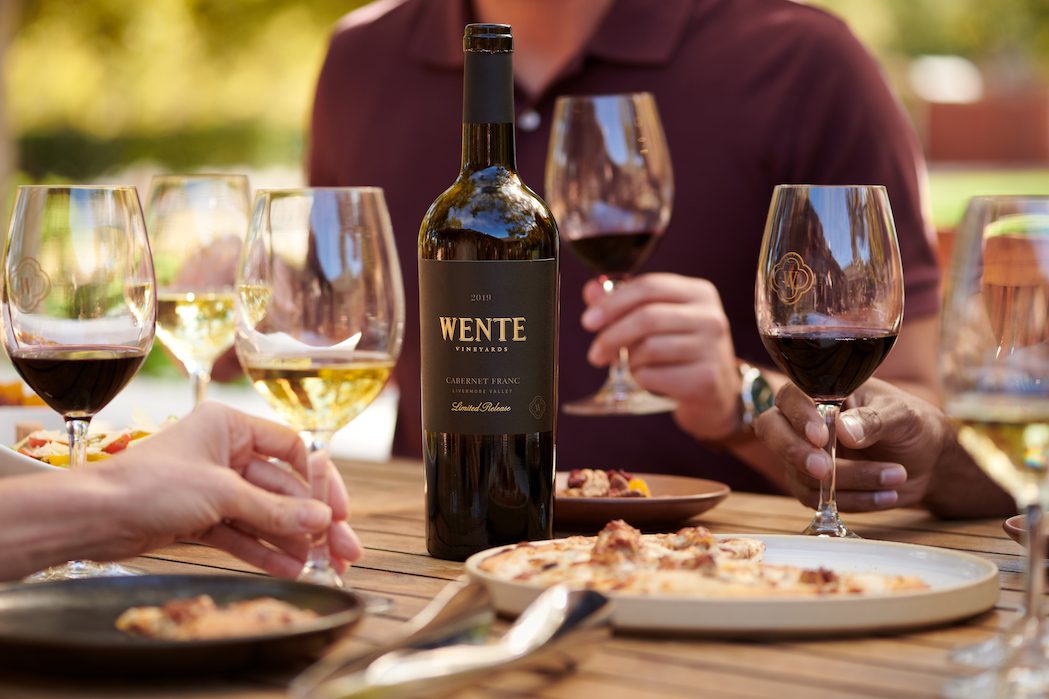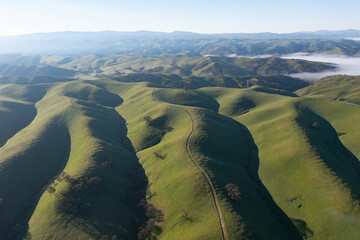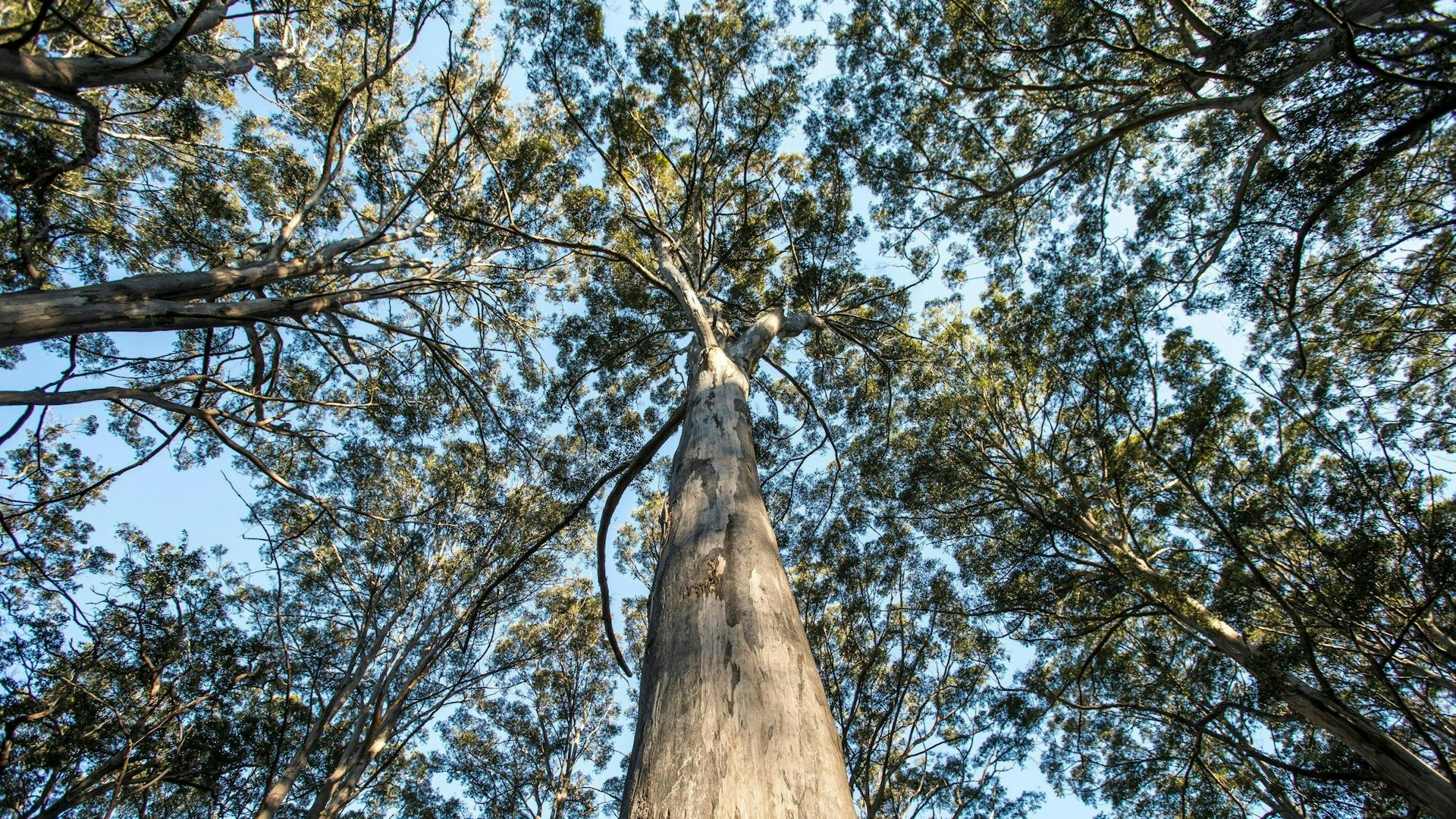Who knew that Malbec, a mostly unknown grape, had the power to help transform the wine economy of a South American country? Although approaching obscurity in its homeland, Malbec went west and became an international wine juggernaut.
The Malbec story started in Bordeaux, but gained notice as a single varietal in an obscure corner of France. Back in the day, when England was importing a lot of wine from France, English wine drinkers liked their reds big and dark, so they turned to Cahors. Malbec became known in England as the "black wine of Cahors."
Unfortunately for Cahors, the rustic red never reached the same popularity as the more refined Bordeaux. Still, there are Cahors reds in the market, such as Ch. la Coustarelle and Ch. Armandiere.
Malbec was a team player in Bordeaux, but not a known one. Ironically, many of the people that liked Bordeaux were not aware that Malbec was contributing to their enjoyment. This was especially true in light years when Cabernet Sauvignon needed a boost in color and flavor density.
There's a line of five red grapes that make up the so-called "Bordeaux blend." For the majority of chateau blends, the order of importance is Cabernet Sauvignion, Merlot, Cabernet Franc, Malbec, Petit Verdot. Malbec is not the least important red variety in Bordeaux, but it's close. Lately, the value of Malbec (and Petit Verdot) has slipped in Bordeaux.
Malbec goes west
Malbec was destined for greater things when the grape found a new home in Argentina. Today, Malbec is the most planted red wine variety throughout Argentina, accounting for about 20% of the total.
The first Argentine Malbecs were structurally bigger and riper than Cahors. To be clear, Cahors looks big and ripe, and by Bordeaux standards it is, but there is a refinement that defines the character of Malbec. The Argentine style evolved to more subtlety with berry and spice flavors, while Cahors continued to search for for more refinement.
Argentine winemakers favor Cabernet Sauvignon, the third most planted red variety in Argentina, as the first choice for blending with Malbec. Bonarda, the second most planted red grape, is a variety that has been shown by DNA profiling, to be the same as Charbono, a grape once popular in California in jug wine blends.
The Argentine take, then, on Malbec was to blend with Cabernet Sauvignon, make the wines less plummy/jammy and finish with lower alcohol. This approach allowed Malbec to be oak aged, elevating it to a top tier status.
Region by Region
Here's a region-by-region summary of Argentina's main spots for Malbec, along with a few notes on other wines that are doing well in these areas.
Argentina has a tiered system of appellations, starting with provinces, such as Mendoza, then departments which are in turn sub-divided into districts and then single vineyards. Any of these appellations, such as the department of Maipu, can appear on wine labels.
Major provinces include Mendoza, San Juan, Salta, La Rioja and Rio Negro. Malbec is a popular variety in most of these provinces and is especially important in the Mendoza departments of Lujan de Cuyo, Maipu,Valle de Uco and Tupungato. In 1993, Argentina established its first "controlled appellation" for Malbec, combining the departments of Lujan de Cuyo and Maipu.
Mendoza is where it's happening for Argentine Malbec. Mendoza is a large province, with such important districts as Lunluna and Tupungato. Valle de Uco (Uco Valley) is a newer district with high promise for Malbec and Chardonnay. The wines are full-bodied with good natural acidity.
San Juan, the second largest wine region, is north of Mendoza and at lower elevations. Long the producer of large amounts of sweet pink wine from the Cereza grape, San Juan has transitioned to a variety of whites, including Viognier and some experimental Malbec and Syrah.
La Rioja, the oldest of Argentina's wine-producing provinces, specializes in the white Torrontes Riojano, an aromatic dry white, popular at home, but still building export interest. Torrontes Riojano, a cross of Muscat Alexandria and Criolla Chica (California's Mission grape), is one of four known Torrontes grapes in Argentina.
| Salta vineyard in the Andes |
Salta is in the far northwest, with vineyards at high elevations. California's Donald Hess' Colome comes from a vineyard at 10,000 feet. Malbec and Cabernet Sauvignon are the leading reds, with Argentina's unique Torrontes Riojano the favored white. Salta wines are growing in popularity even though many of them are still tiny quantities.
Rio Negra first planted vines in 2013 and since has been growing steadily. The southern province is in Patagonia, an untouched scenic region, home of large herds of cattle and sheep - and now vines. Malbec, the leading red, is made in an aromatic style with less concentration than Malbecs from Mendoza, reflecting the province's cooler climate.
Argentine Malbecs worth a search include Catena and Catena Zapata, Salentein, Weinart, Famalia Zuccardi, Terrazas de Los Andes, Alta Vista, Norton, Colome, Luigi Bosco, Trapiche.
Malbec Outside Argentina
In other parts of the world, such as Australia, California, Chile, Washington state, Malbec has a presence, but still stands behind Cabernet Sauvignon, both at the winery level and in retail shops. The modest success of Malbec in the world is, no doubt, due to Argentina's wholehearted adoption of the variety.
Across the Andes in Chile, winemakers took notice of Argentina's success with Malbec and soon began to add Malbec to their line of red wines. Chilean Malbec (Montes, Mont Gras, Clos de Luz, Caliterra) tends to be bigger and more tannic and usually part of a Bordeaux blend.
The few Australian wineries that make Malbec, Like Jim Barry and Henschke, usually use it as a blending component with Cabernet Sauvignon.
About 50 Washington wineries are making a varietal Malbec, like Canoe Ridge, Barnard Griffin and Three Rivers, but most Washington Malbec goes into blends with Cabernet Sauvignon and Merlot. B.R. Cohn, Mt. Brave and Assisduous are among the growing number of California varietal Malbecs.
Who knew there was so much to say about Malbec? A growing number of consumers know and are looking to Argentina, Cahors and Washington state for their next bottle of varietal Malbec.
Next blog: It's in the Soil
Leave a comment or write me at boydvino707@gmail.com



